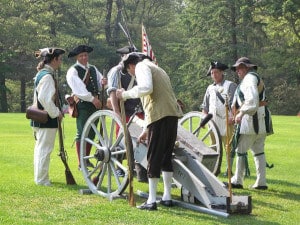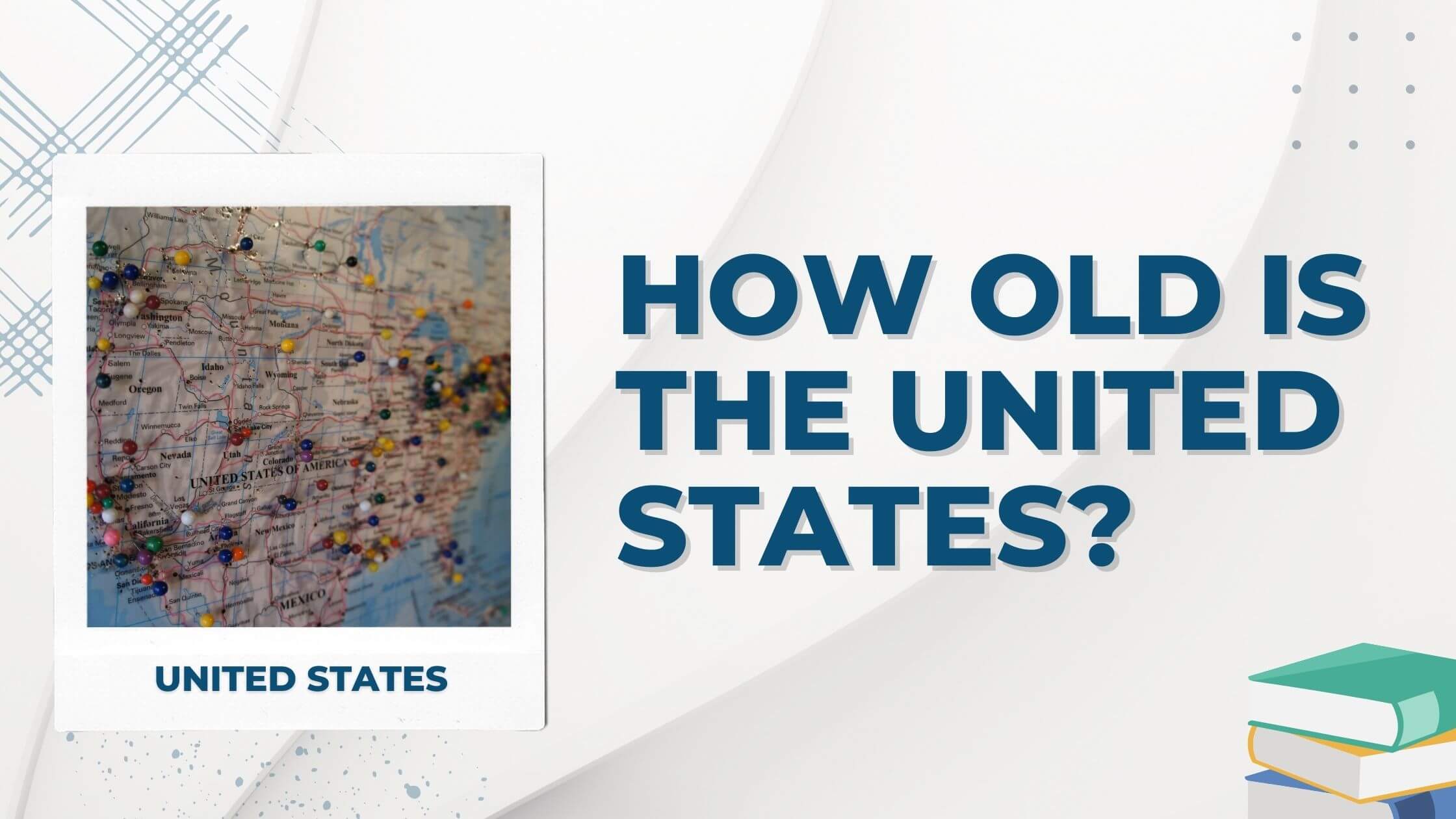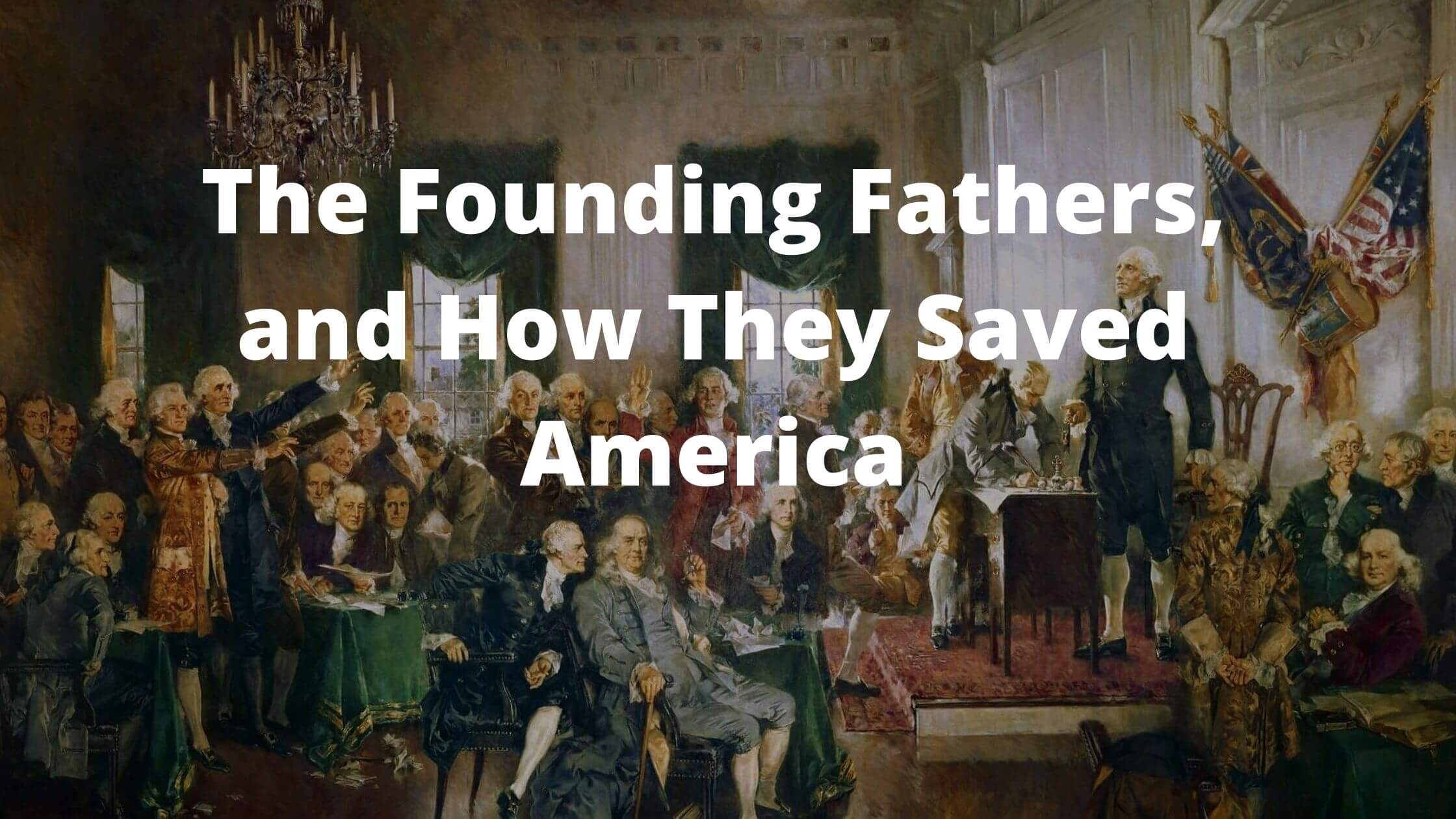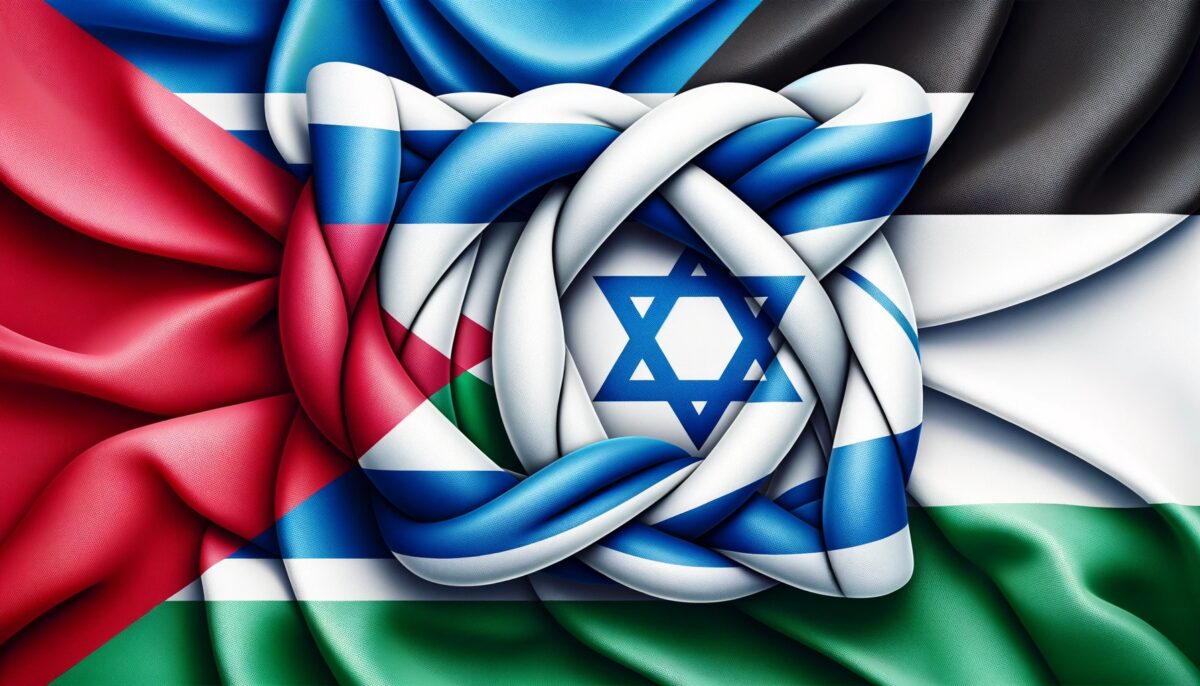Table of Contents
ToggleBoston was an important city around the time of the American Revolution. Although small by today’s standards, there was a large population of patriot colonists growing tired of British rule and loyalists. One event that went down in history as a spark for the revolution was the Boston Massacre. What happened here, and why was it so influential?
Boston Massacre Explained
The Boston Massacre of 1770 was a confrontation between patriots and loyalists in Boston that quickly got out of hand. The Patriots had retaliated against the earlier death of a child at the hand of a Customs Officer, Captain Thomas Preston, and British soldiers fought back. Five were killed, and the British were promptly painted as villains “massacring” patriots. This sparked further dissent, leading to the Boston Tea Party and later the War of Independence.
What Caused the Boston Massacre?
The Boston Massacre occurred due to the reaction to a tragic incident a couple of weeks previously. On February 22nd, 1770, there was an attack on a store owned by a loyalist. Patriots had targeted its owner in continued protests against the store selling British goods that carried a high tax. On observing the commotion, a customs officer tried to intervene by firing his gun through his window.
Unfortunately, the shot killed an 11-year-old boy. This tragic incident would anger the patriots further and give them an even greater reason to hate the British ruling over the city. Everything boiled over on March 5th.
What Happened at the Boston Massacre?
On March 5th, patriots were encouraged to retaliate against the British in response to the boy’s death. Samuel Adams and John Hancock of the Sons of Liberty were among those urging colonists to fight. They did so by attacking the Custom House that held the King’s money. The lone guard on duty was assaulted, and as soldiers came to his aid, the scene descended into a riot. Eventually, those involved started to open fire, and five were killed and three more wounded.
The Trial and Verdict for the British Soldiers
In total, eight soldiers and four civilians were arrested. The event would lead to an arraignment and trial so that the soldiers could face justice. Six of the eight soldiers were acquitted, and the other two were later branded after being charged with manslaughter.

Interestingly, one individual came to the defense of the British soldiers and demanded a fair trial. That was John Adams, a man who would become President of the United States and be involved in drafting the Declaration of Independence and negotiations of the Treaty of Paris.
The Growth of Anti-British Sentiments After the Massacre
Although there was this attempt to hold a fair trial for the British and to bring a little order to the streets of Boston, events escalated further. Anti-British sentiments of the colonists grew, and, in turn, so did the violence and protest.
One figure who stoked the flames of discontent was Paul Revere. Revere was strongly against the British and was not afraid to show this. He created an engraving at the time that deliberately twisted the events to make the British out to be villains. The colorized image depicts red-coated British troops shooting at a group of frightened and wounded patriots. It is a deliberately one-sided depiction that doesn’t show the patriots as the initial instigators.

Get Smarter on US News, History, and the Constitution
Join the thousands of fellow patriots who rely on our 5-minute newsletter to stay informed on the key events and trends that shaped our nation's past and continue to shape its present.
This early form of printed propaganda succeeded in manipulating the views of other colonists by rewriting the story. Viewers saw the image of the British soldiers murdering colonists in cold blood and sought revenge.
Even the name of the event is a little hyperbolic. There were unnecessary deaths and bloodshed, but “massacre” suggests something very one-sided and vicious with a higher death toll. It was all part of the same attempt to vilify the British.
The Boston Massacre Triggered More Riots and Protests
The Boston Massacre was a point of no return, and it emboldened citizens in their attempts to send a message to Great Britain and make a stand. They were edging closer to insurrection and the Revolutionary War. The massacre may have been the catalyst, but the Boston Tea Party was the moment that put the city even more firmly on the map as a rebellious center.

The phrase “no taxation without representation” is often cited when discussing colonists’ complaints leading up to the war. The Tea Act was a major part of that, as the British continued to saddle American colonists with taxes on goods without giving them representation in parliament. Bostonians rebelled on December 16th, 1773, and seized 342 chests of tea on Griffin’s Wharf before dumping them into the water.
America and Britain Go to War
The tea boycott created a bigger divide between the nations, culminating in a conflict between British troops and American colonists on April 16th, 1775. The war officially began and ended in 1783, with America finally declared a free and independent nation.
This is why the Boston Massacre is so significant. What may have been an accidental death of a colonist child at the hands of a British guard saw events snowball out of control. It set in motion a chain of events that led to one of the biggest conflicts in American history.
Following the massacre, the subsequent protests, the Tea Party, and the final declaration of war, America ended up with the Declaration of Independence, a new Constitution, and a new government to rule over 13 independent states.
The Impact of the Boston Massacre Today
Relations with the British had their ups and downs after that, a significant negative moment being the War of 1812, but they became strong allies in time.
The site marker in Boston is a memorial to those that died in the massacre and a prescient reminder of just how easily relations can sour. America may have forgiven, but it hasn’t been forgotten. It is still called the “massacre” to this day.











